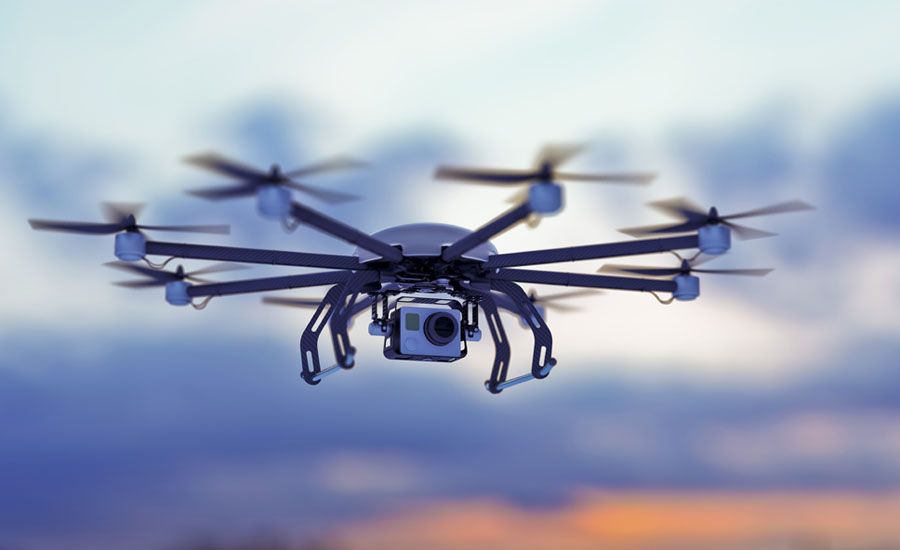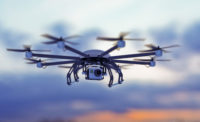In collisions with airplanes, drones worse than birds

A research team from the Alliance for System Safety of UAS through Research Excellence (ASSURE) today released a report that concludes that drones that collide with large manned aircraft can cause more structural damage than birds of the same weight for a given impact speed.
The Federal Aviation Administration (FAA) will use the research results to help develop operational and collision risk mitigation requirements for drones. ASSURE conducted its research with two different types of drones on two types of aircraft through computer modeling and physical validation testing.
Unlike the soft mass and tissue of birds, most drones are made of more rigid materials. The testing showed that the stiffest components of the drone – such as the motor, battery and payload – can cause the most damage. Concentrating those masses on the drone can also cause greater damage, the researchers found.
The research team evaluated the potential impacts of a 2.7-lb. quadcopter and 4 lb. quadcopter; and a 4-lb. and 8-lb. fixed wing drone on a single-aisle commercial transport jet and a business jet. They examined impacts to the wing leading edge, the windshield, and the vertical and horizontal stabilizers. The windshields generally sustained the least damage and the horizontal stabilizers suffered the most serious damage.
The structural damage severity levels ranged from no damage to failure of the primary structure and penetration of the drone into the airframe. However, the research specifically did not explore the risk to flight imposed by that damage. The researchers concluded that unmanned aircraft system manufacturers should adopt “detect and avoid” or “geo-fencing” capabilities to reduce the probability of collisions with other aircraft.
The team conducted a preliminary computer simulation to evaluate the potential damage to engine components if a drone is ingested into an aircraft engine, including damage to fan blades, the nacelle and the nosecone. They plan future additional research on engine ingestion in collaboration with engine manufacturers, as well as additional airborne collision studies with helicopters and general aviation aircraft.
In 2014 Congress directed the FAA to establish a UAS Center of Excellence. The FAA selected ASSURE, led by Mississippi State University, in May 2015.
Looking for a reprint of this article?
From high-res PDFs to custom plaques, order your copy today!





